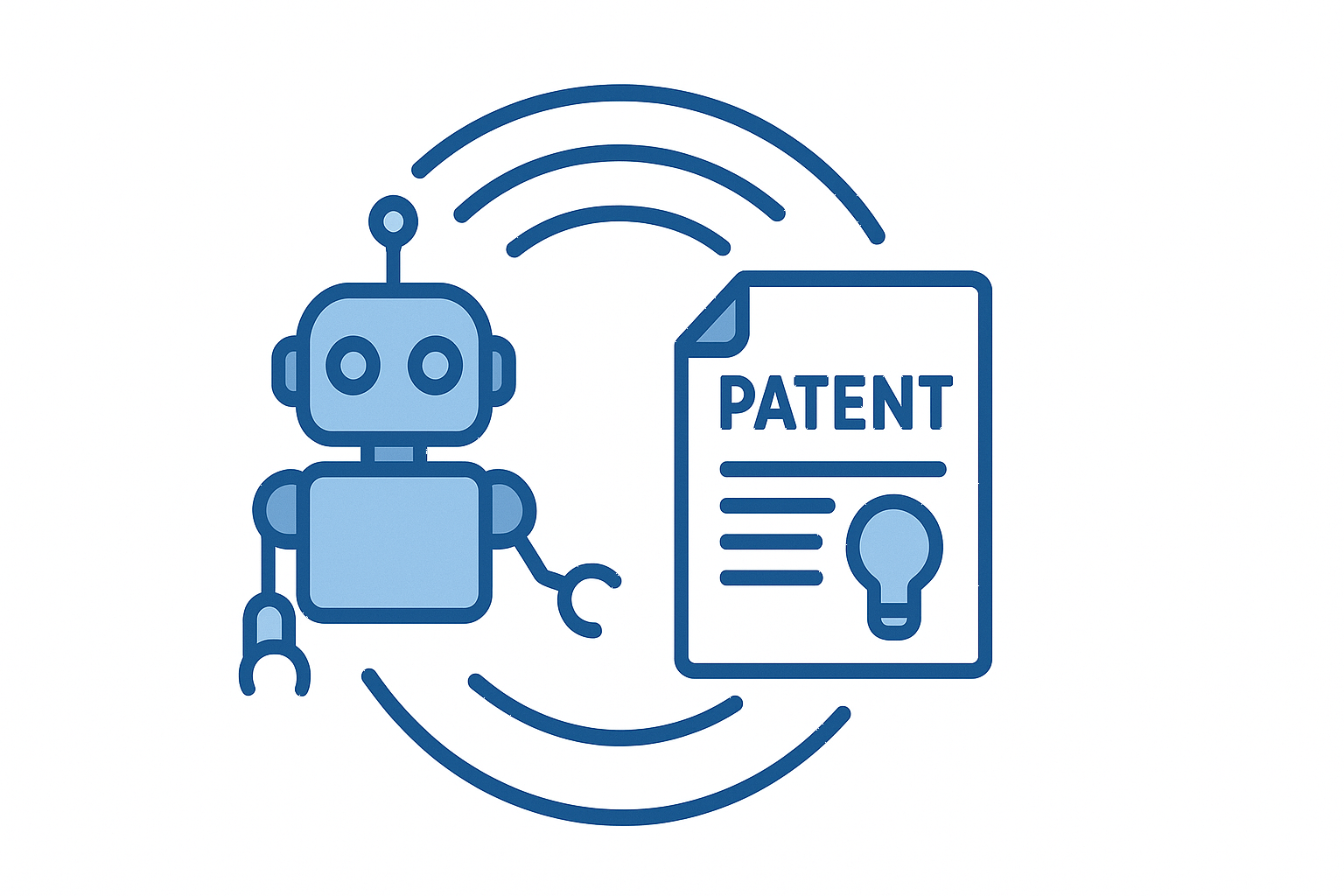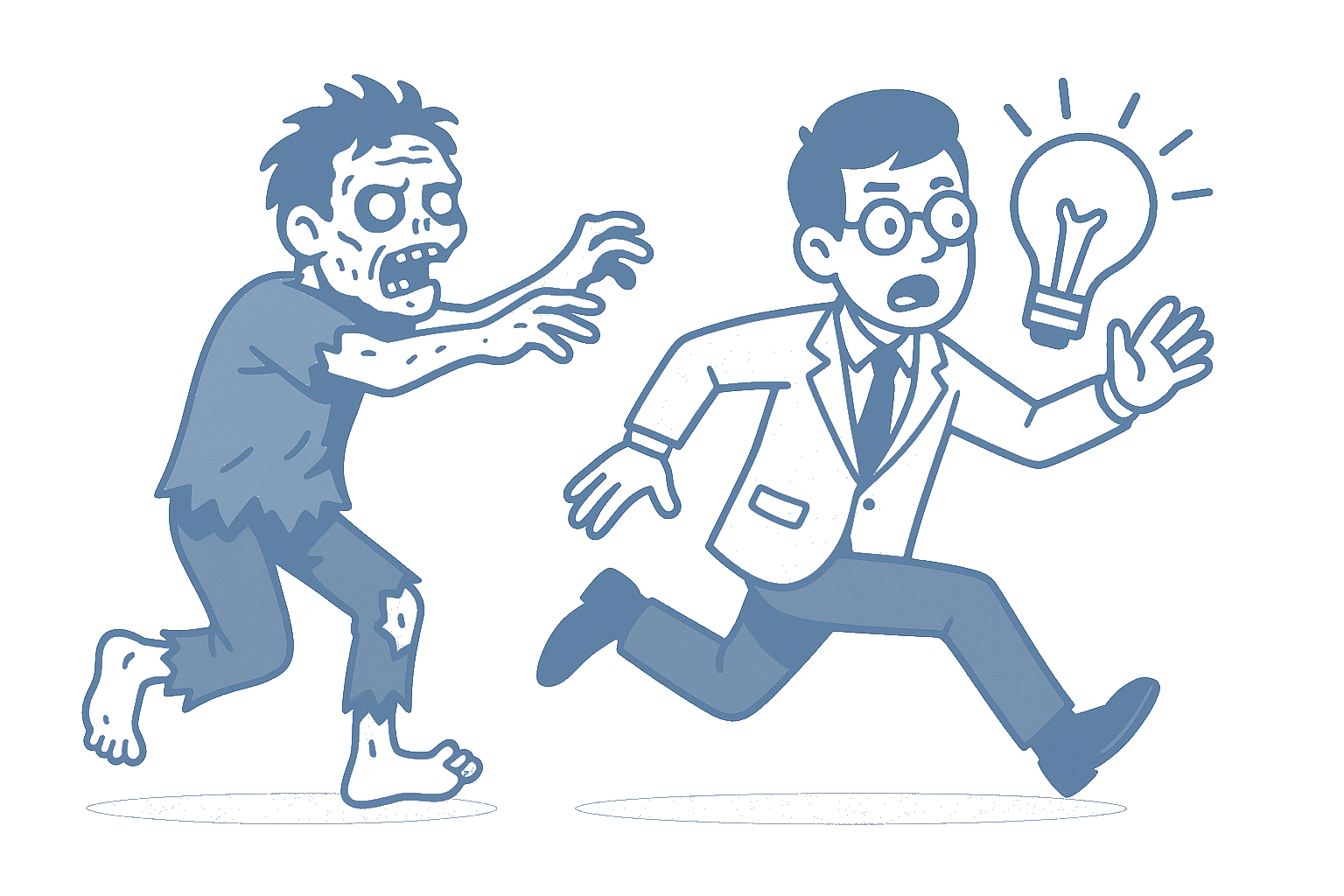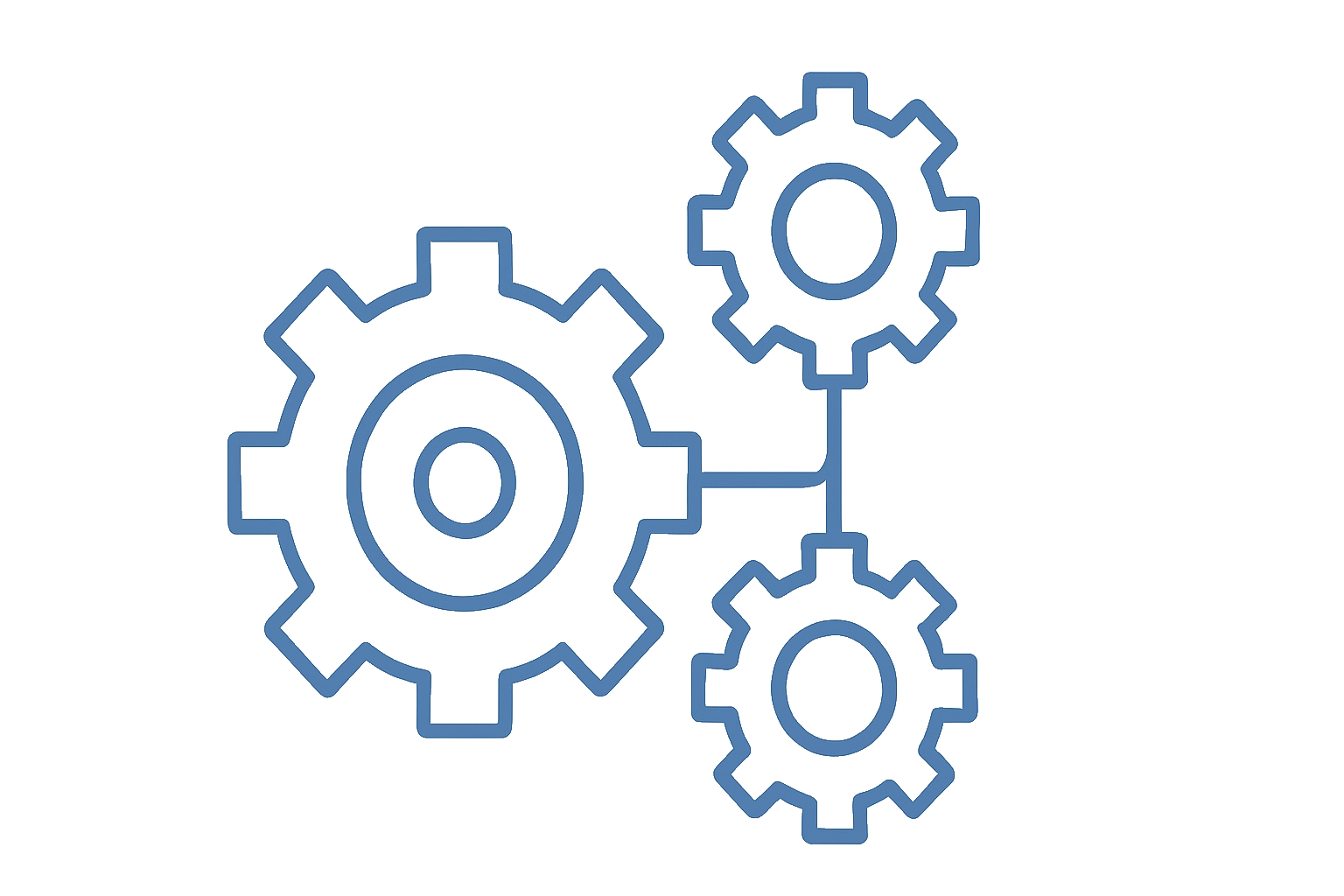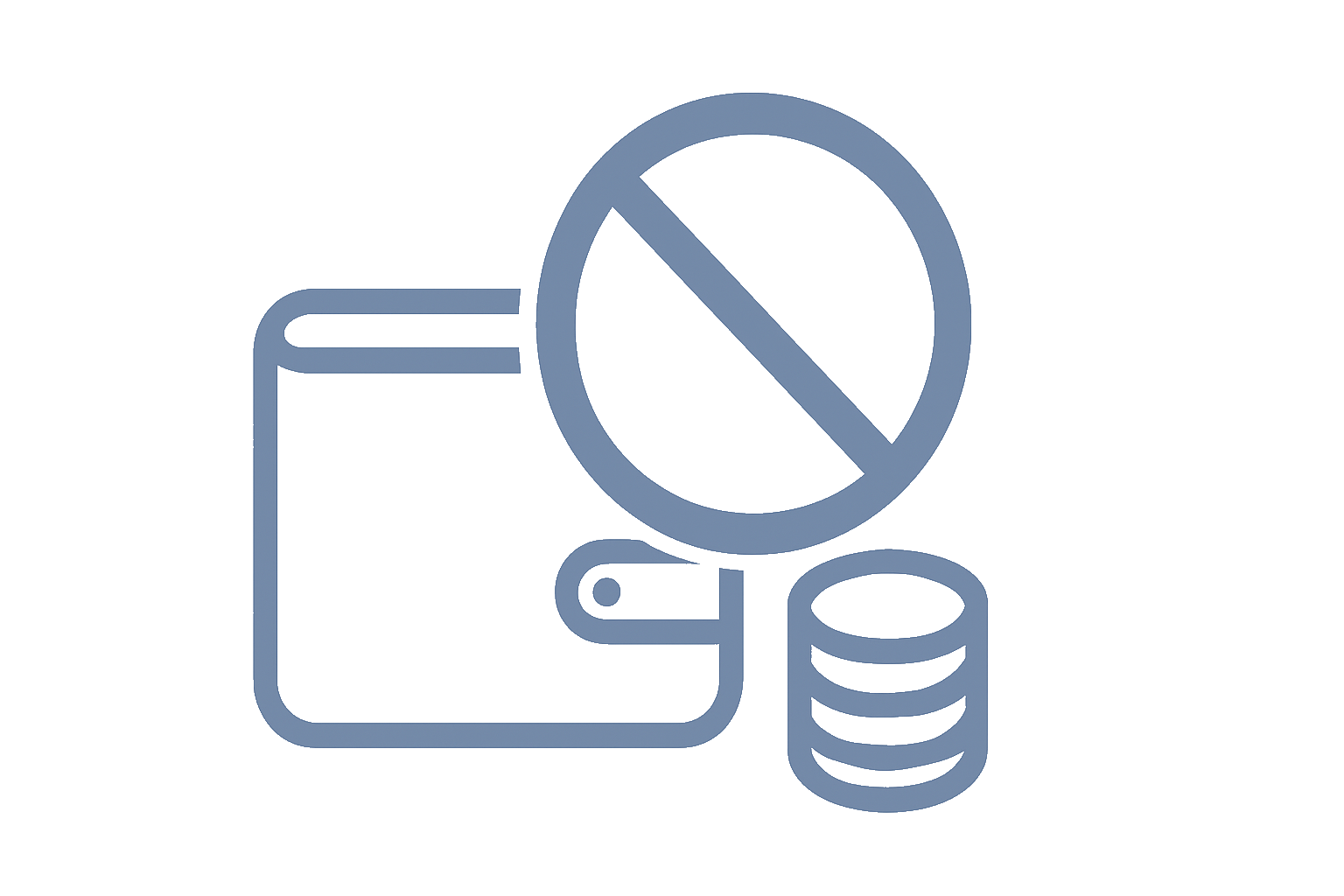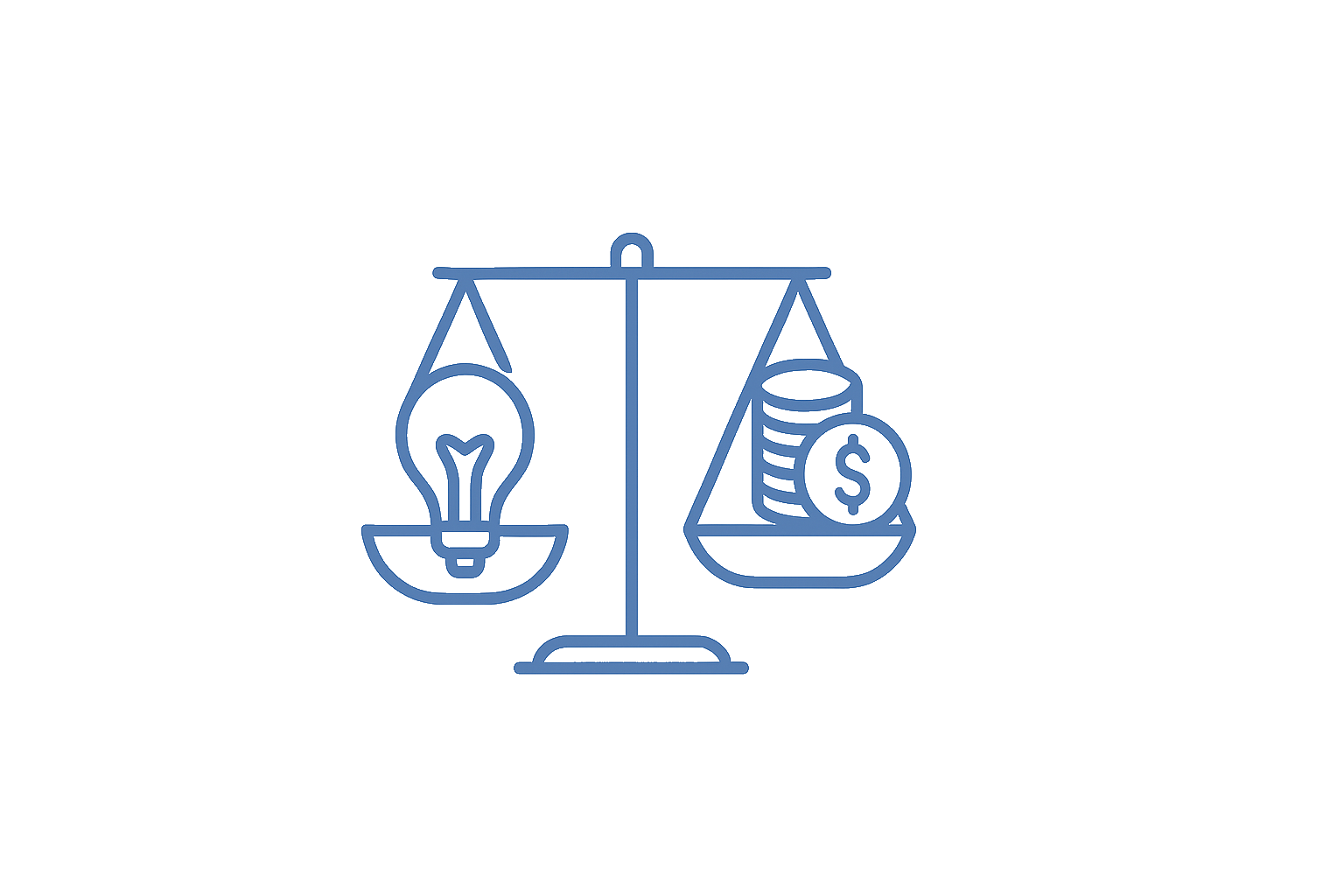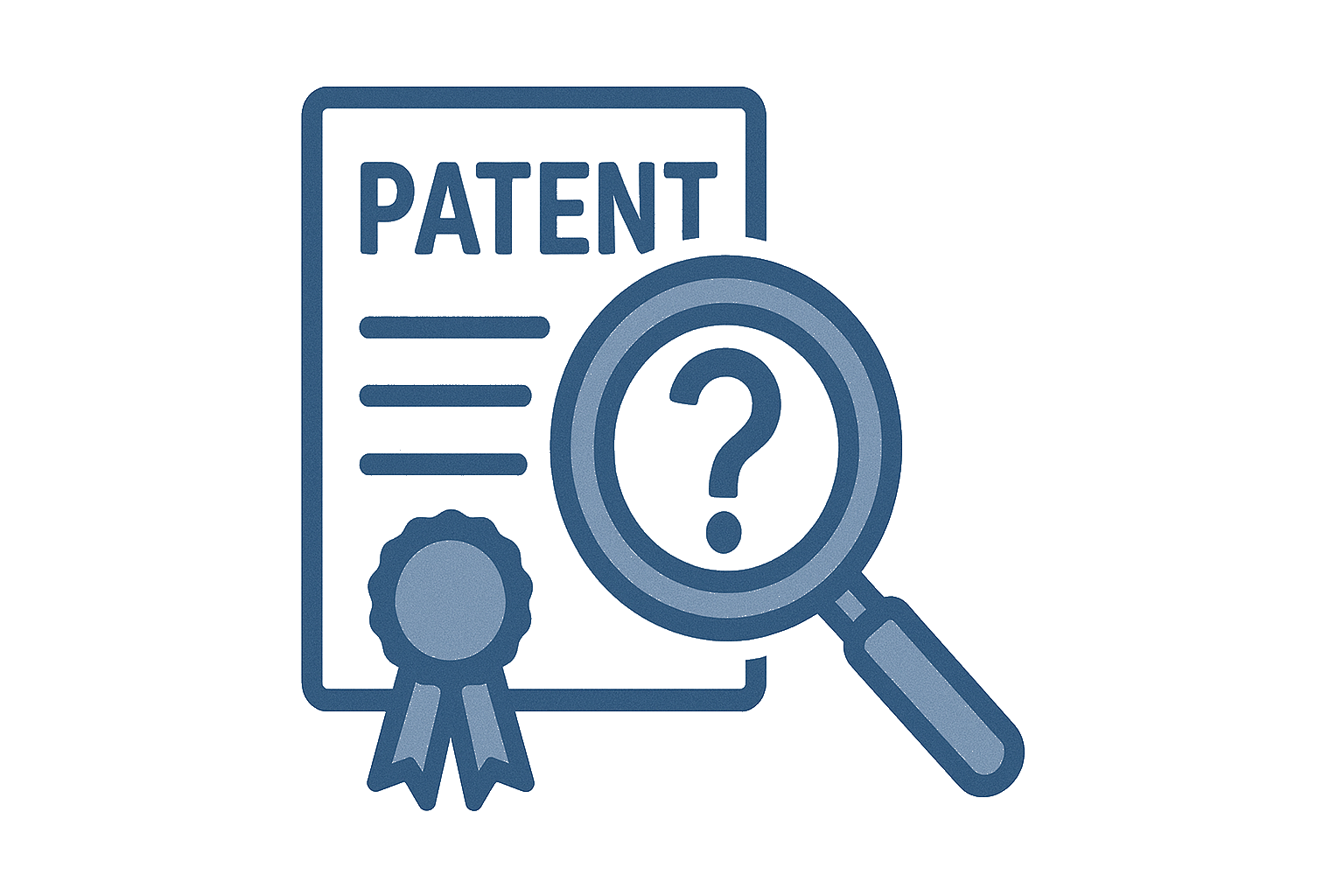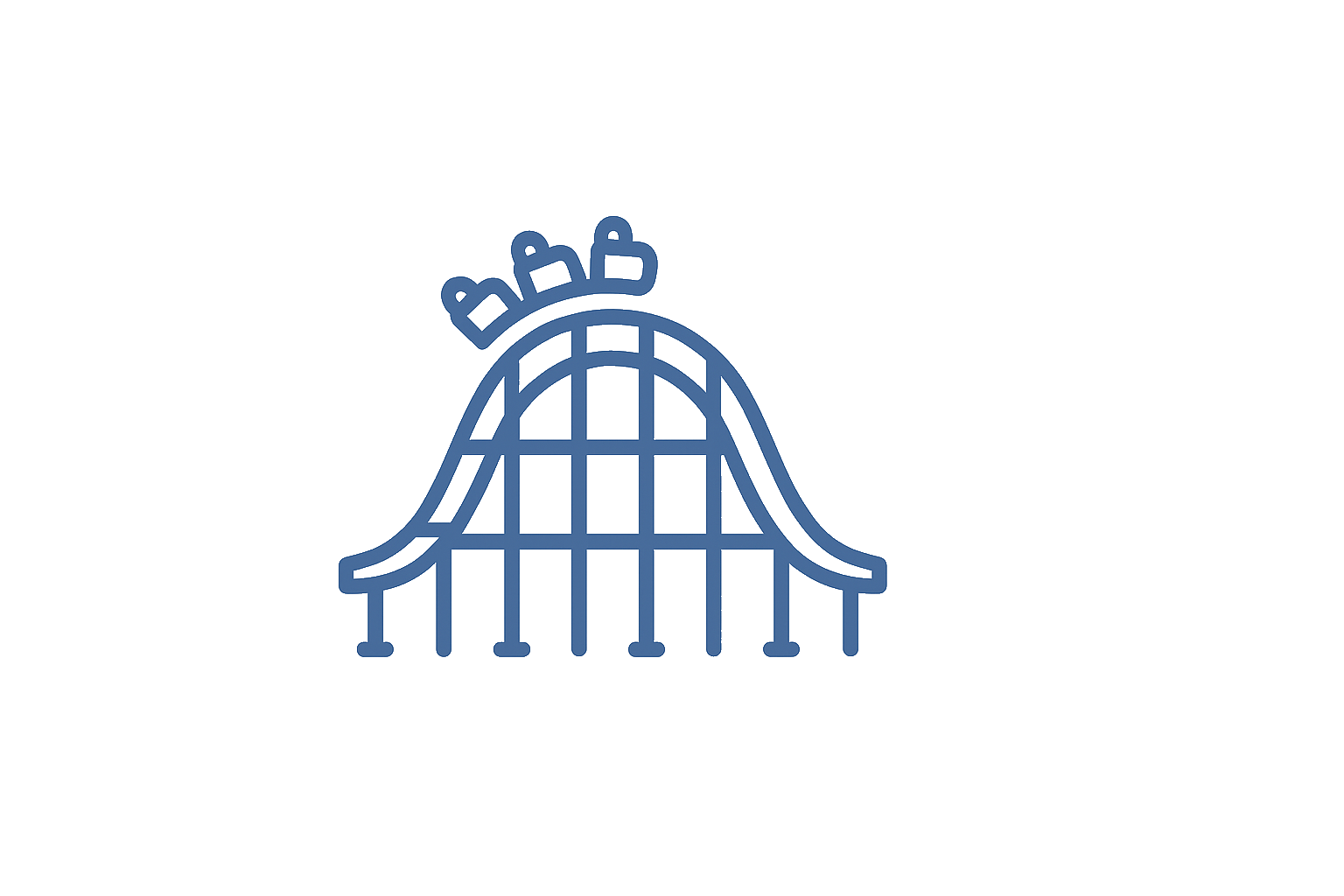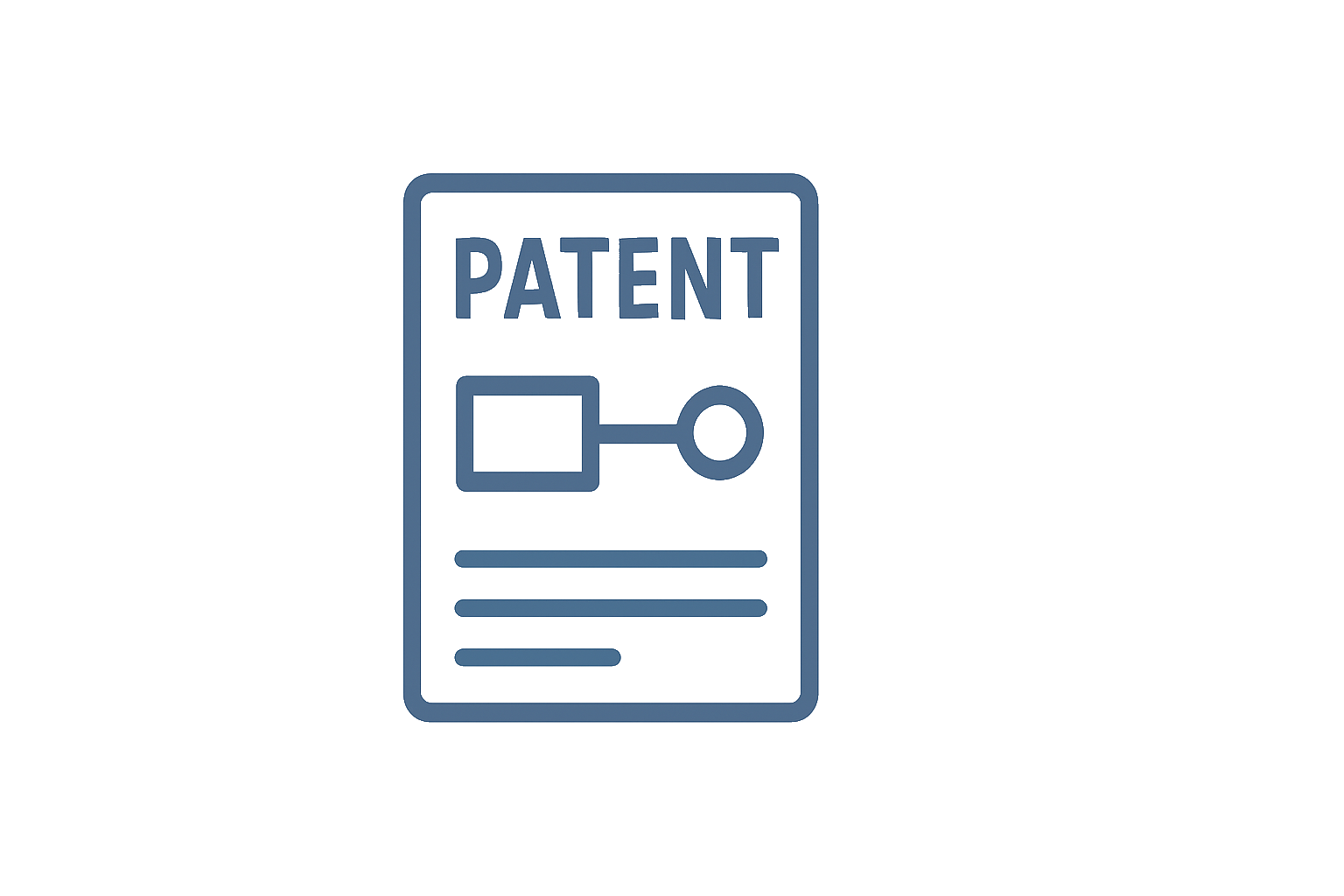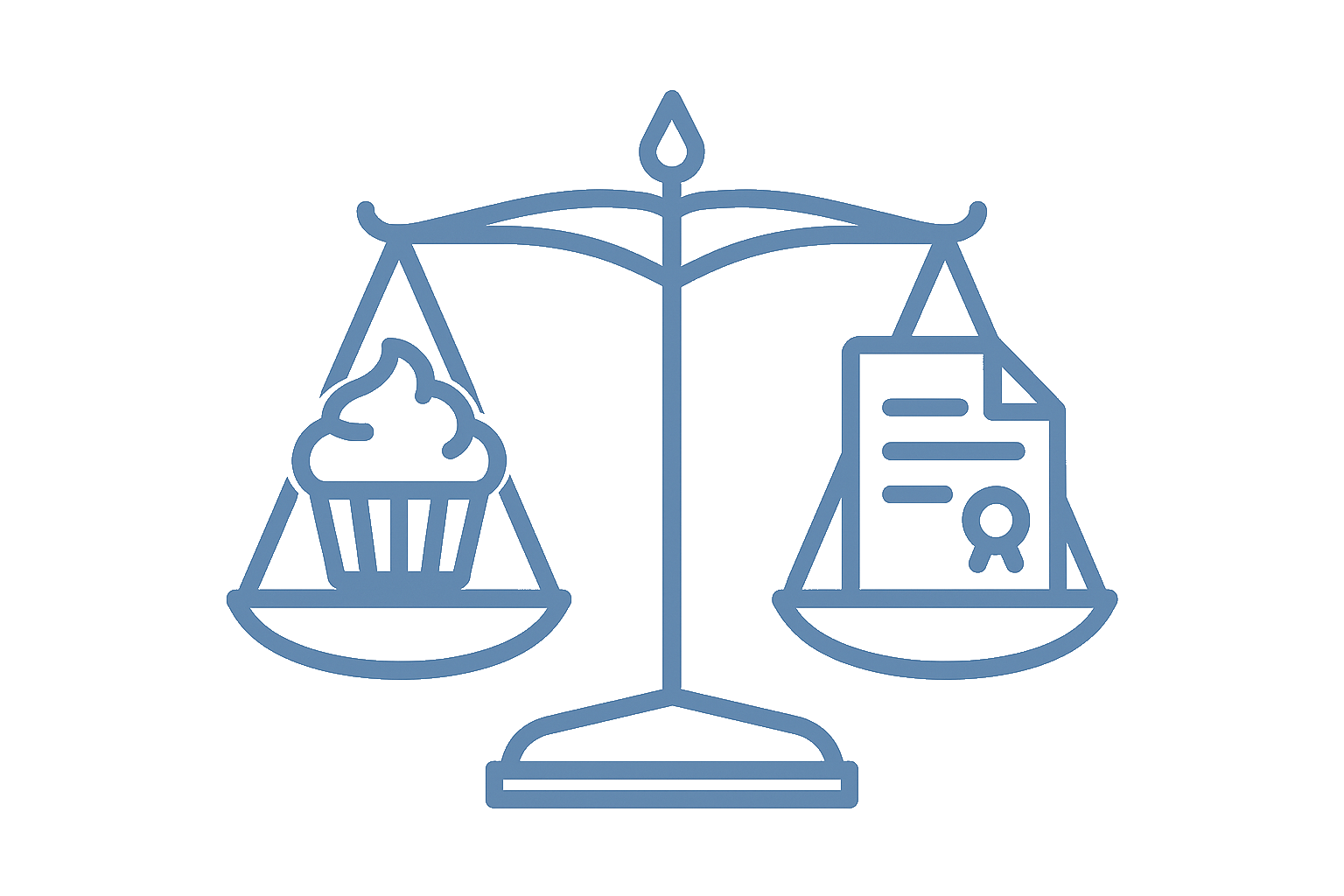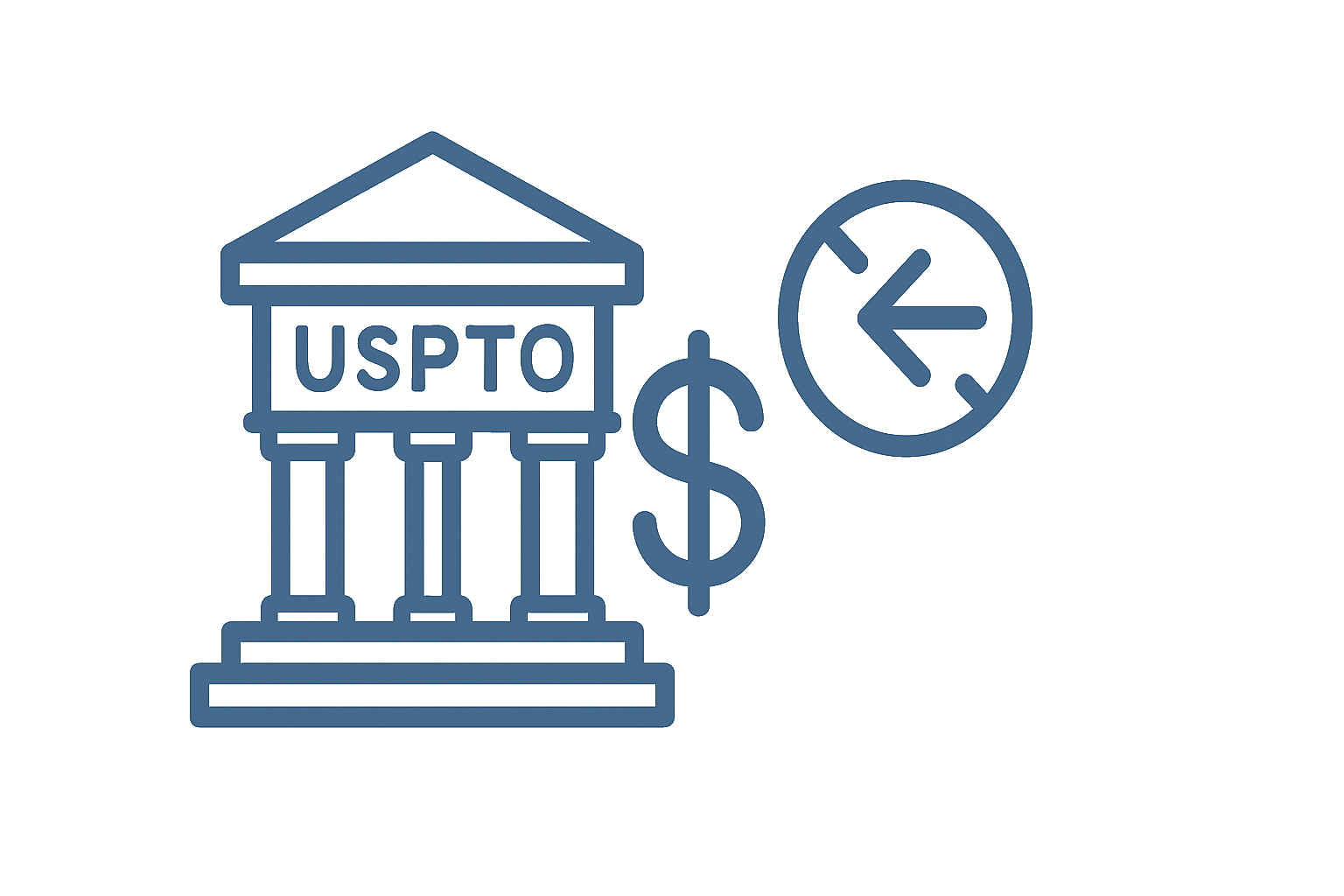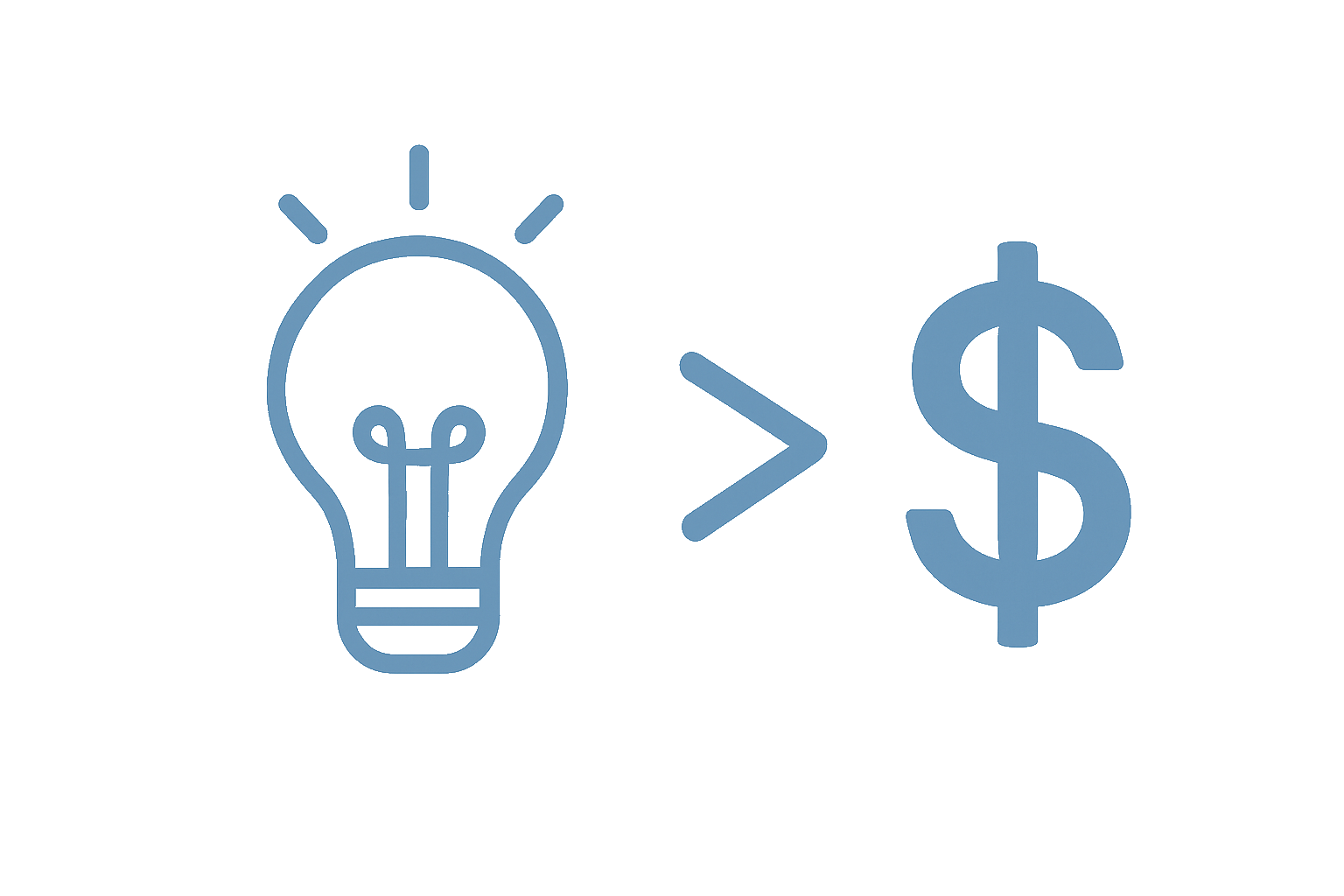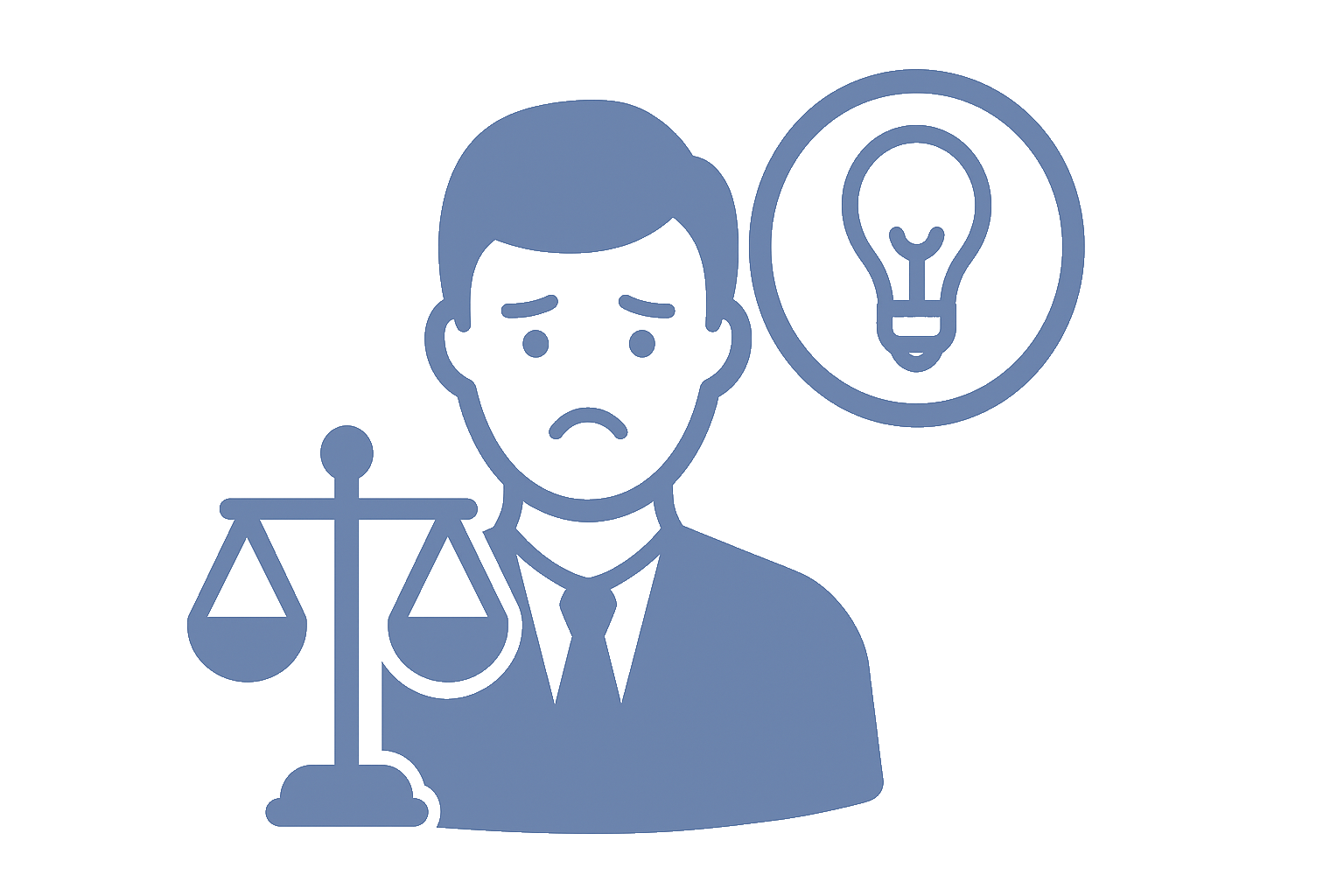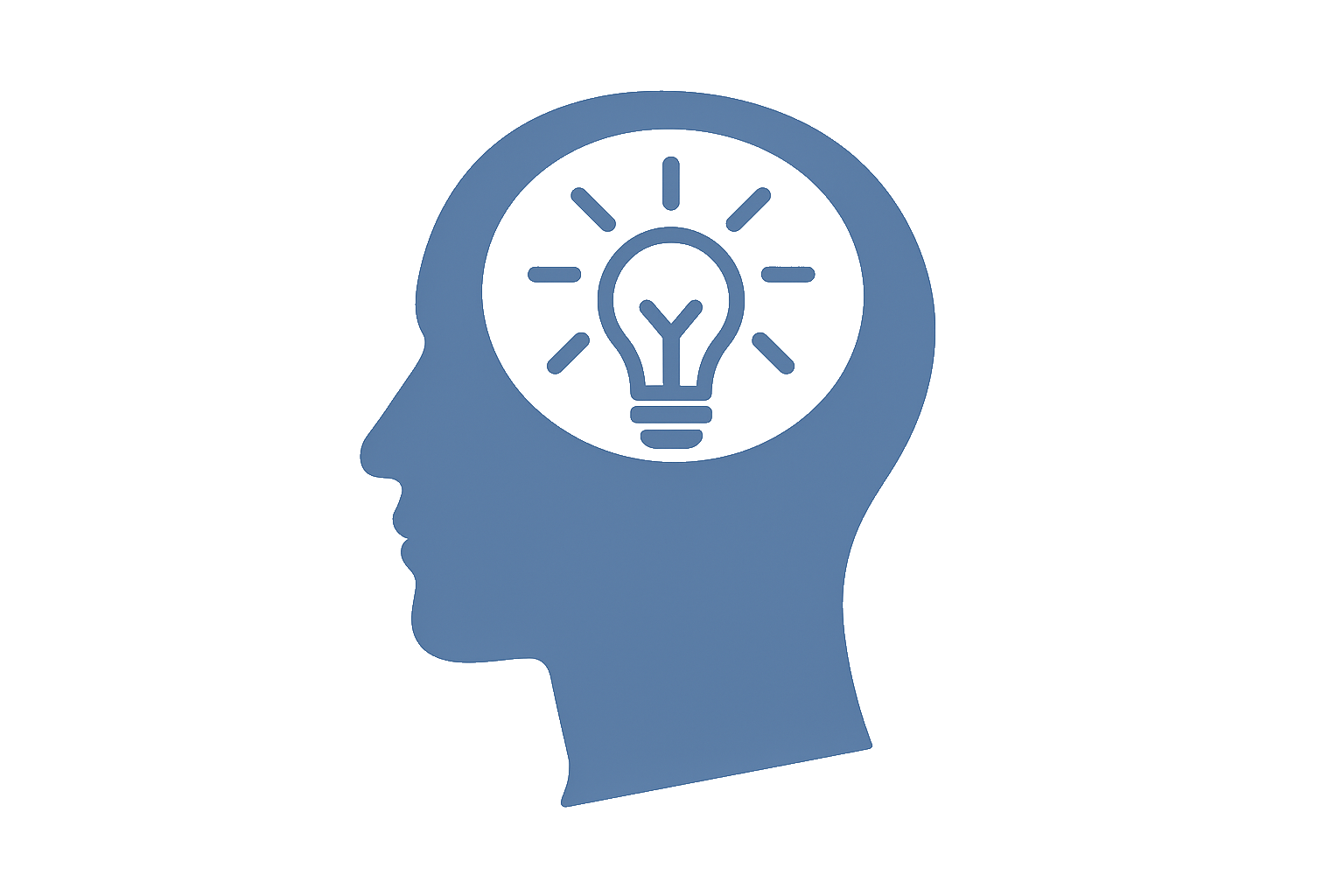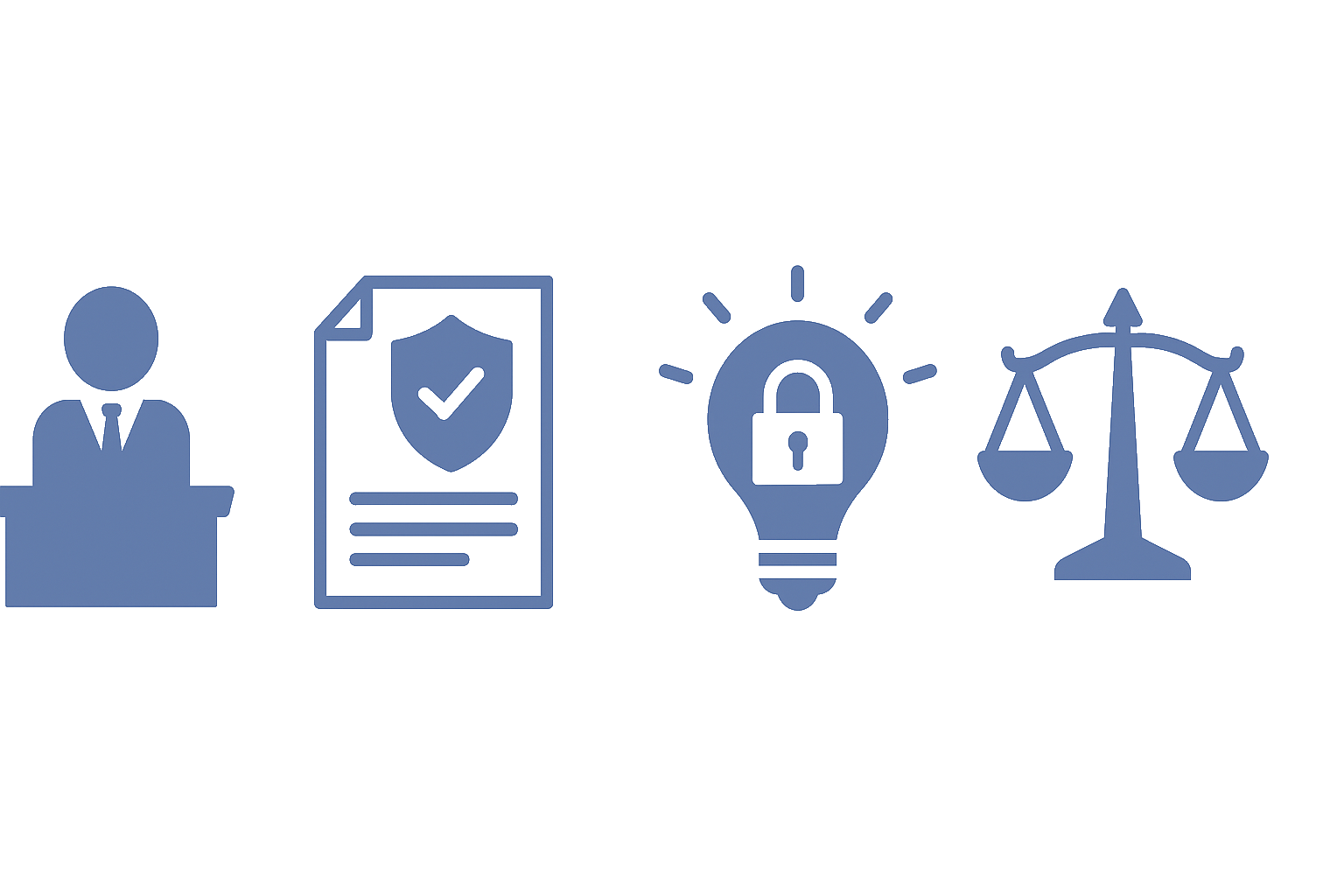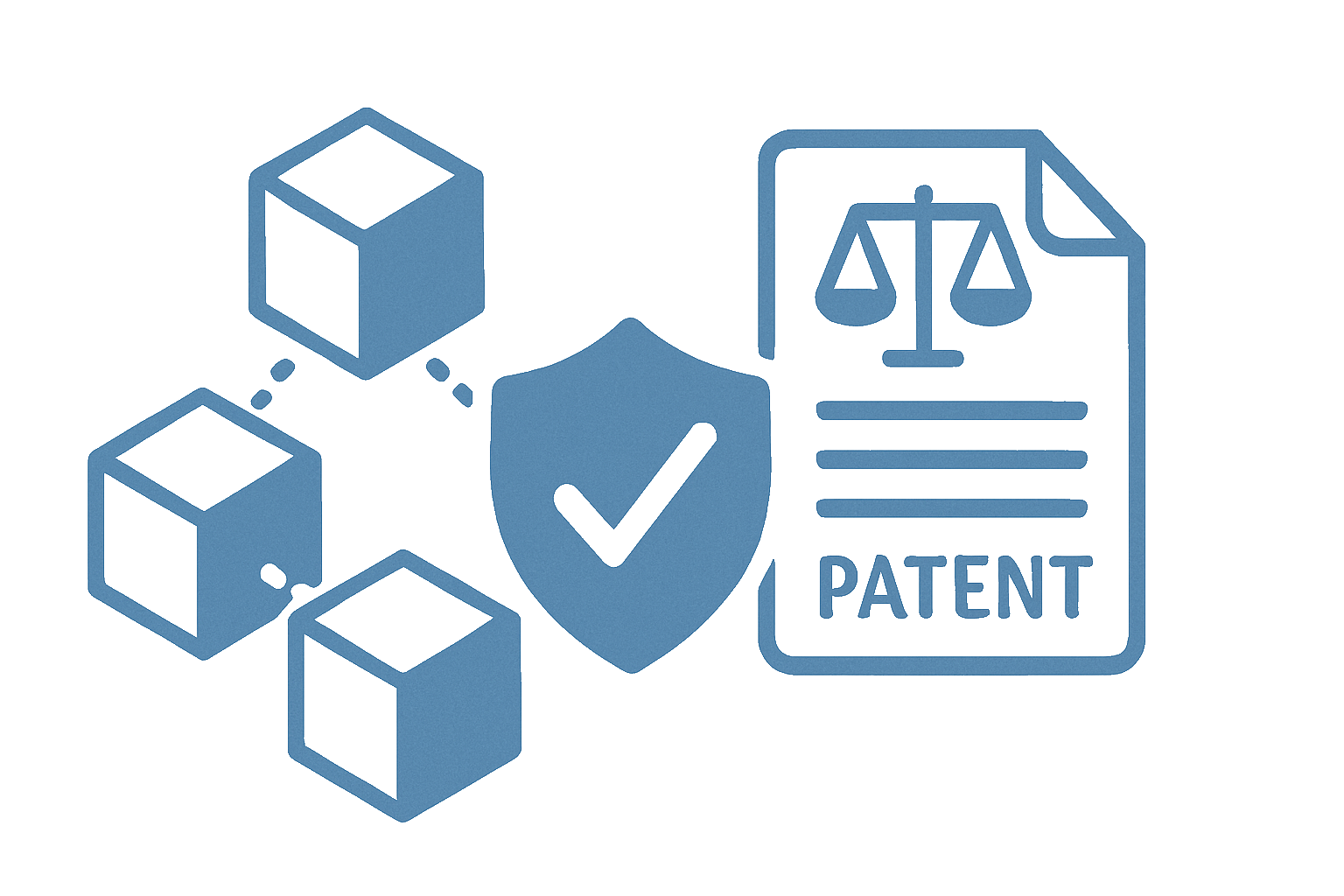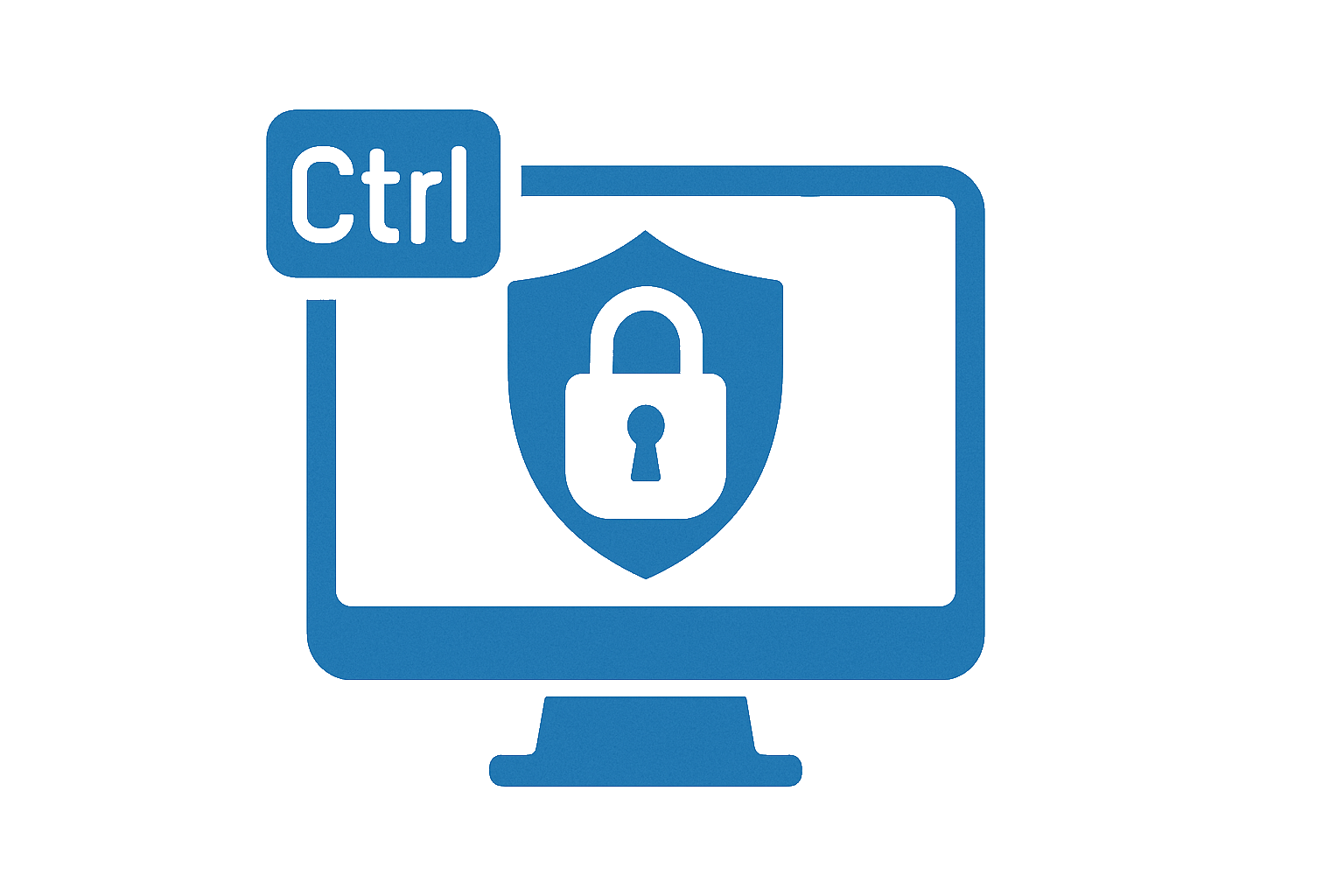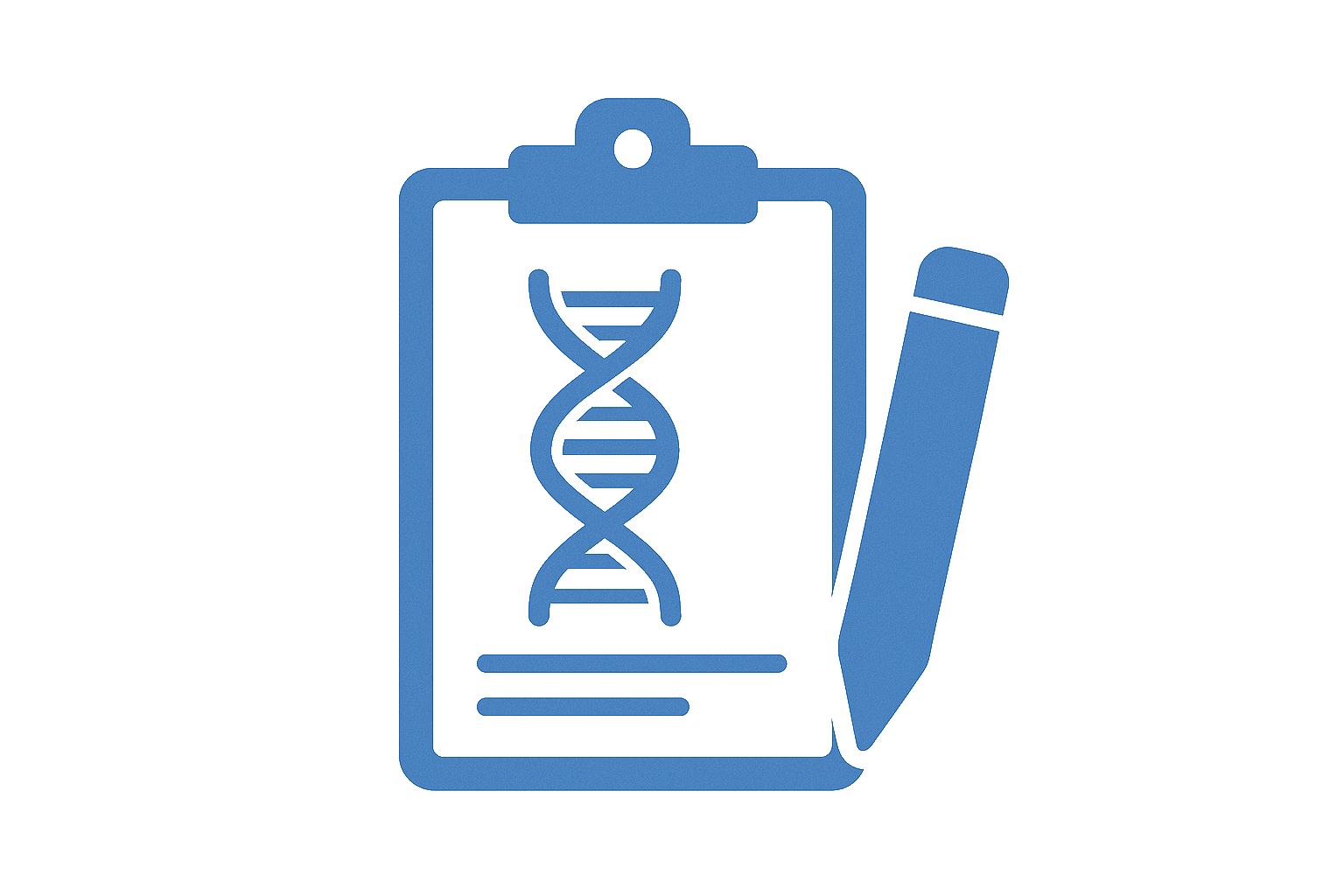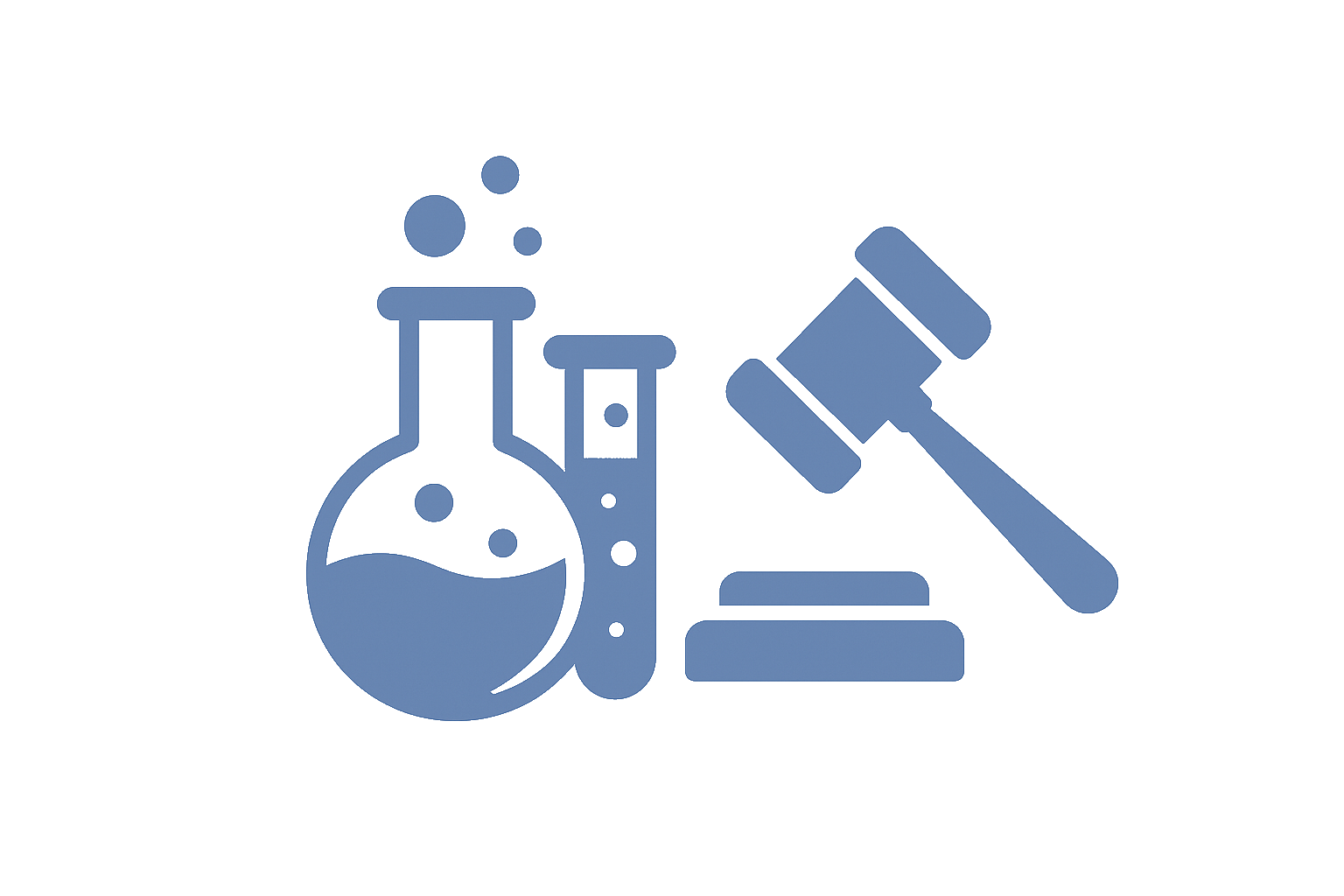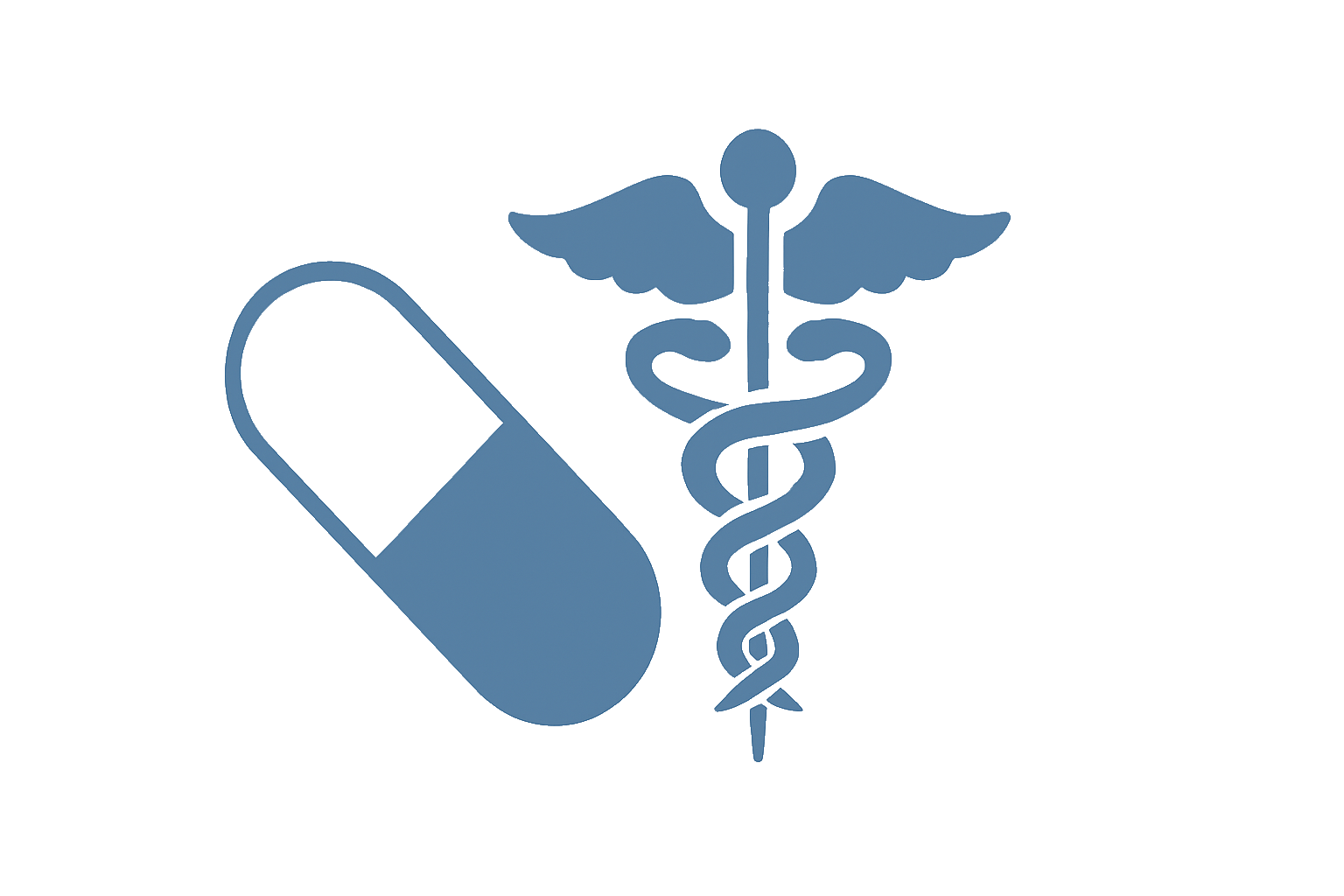Experience | Expertise
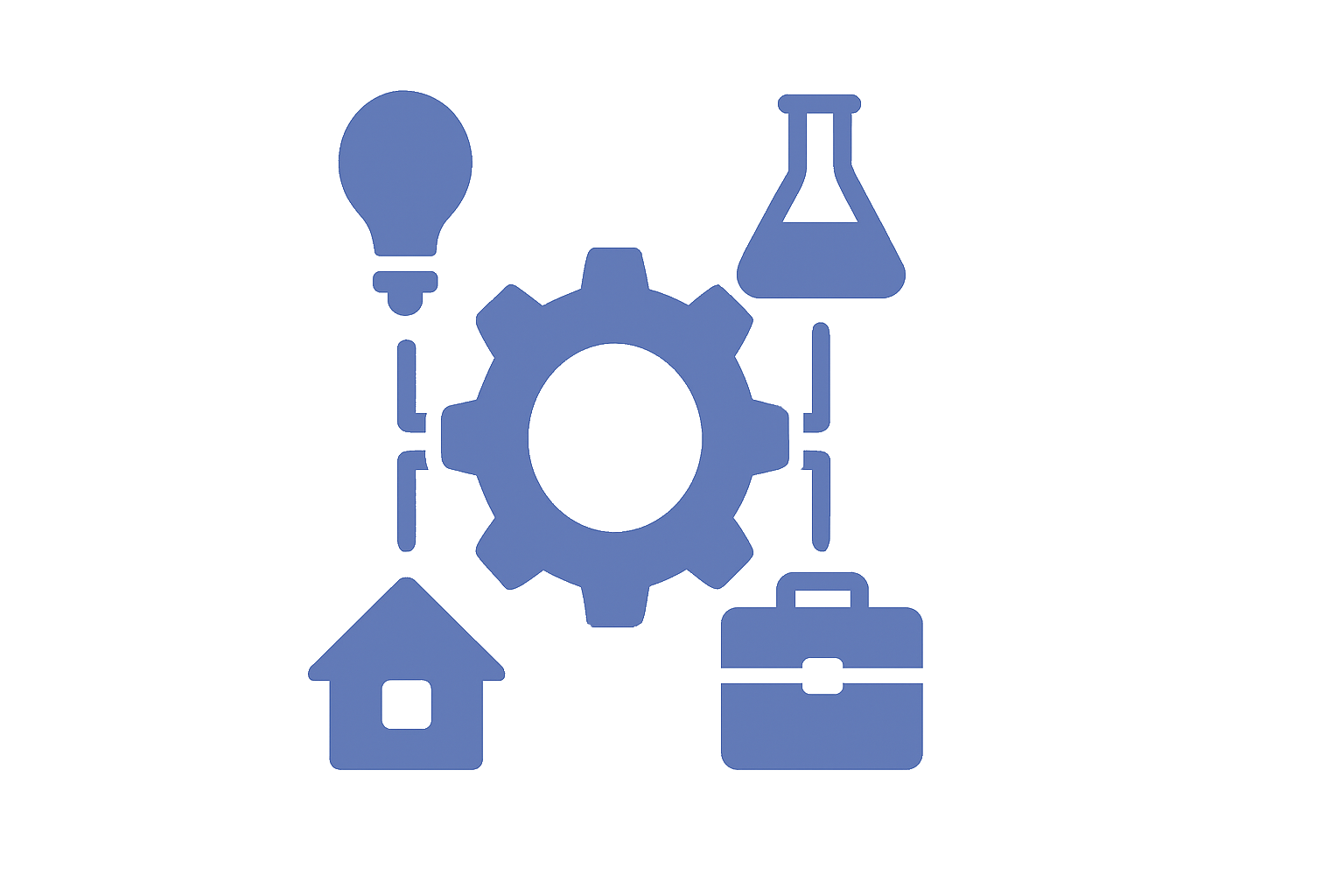
Experience | Expertise
Sales leader Kristie Jones shares her journey from racquetball and retail to SaaS, VC-backed growth, and founding her consultancy. Learn how documented processes, smart hiring,...
Artist and creative entrepreneur Lisa Lappi shares her powerful journey from trauma, addiction, and military family challenges to healing through art, rebuilding her career, and...
Filing a logo with words doesn’t protect the words themselves. Learn why design marks and word marks serve different legal purposes and how to build...
Avy Schondorf’s inventive journey from social services to neurodivergent entrepreneurship reveals how systems thinking fuels purpose-driven growth.
Protect your board game idea from copycats! Learn how patents, trademarks, and copyrights each cover different aspects of your game — and how to combine...
Patent drawings can make or break your application. Learn how even non-artistic inventors can create USPTO-approved illustrations using simple tools, smart strategies, and a splash...
AI is transforming patent drafting, slashing costs from five figures to under $1,000. Learn how automation, strategy, and invention-focused thinking are reshaping the future of...
Launched before filing your patent? Knockoffs could turn your invention into prior art, blocking your rights entirely. Learn how to protect your ideas and outsmart...
Can you file multiple inventions in one patent? Yes — but the USPTO might split them later. Learn how restriction requirements work, how to handle...
When the USPTO says “no,” it’s not the end—it’s feedback. While no refunds exist for failed patents, smart inventors use the experience to refine strategy,...
Learn how to do your first patent search using free tools like USPTO, Google Patents, and Free Patents Online. Discover tips, tricks, and pitfalls to...
Wondering what it really costs to patent your idea? From provisional filings to attorney fees, here’s the full breakdown of what inventors and startups can...
Patent searches save startups thousands by identifying prior art early. Learn when to search, what it costs, and how skipping it can lead to wasted...
Patent rejection? No panic! Learn how to turn a USPTO “no” into an approval with strategic claim amendments, persuasive arguments, and expert guidance. Rejection is...
Learn how each part of a patent application — from figures to claims — works together to protect your invention. Discover the structure, purpose, and...
Choosing between a provisional and non-provisional patent? Learn how each affects your priority date, investor appeal, and protection strategy in our humor-packed guide to the...
Rejected by the USPTO? Don’t expect a refund! Learn why patent fees are non-refundable, what they really cover, and how inventors can improve their odds...
You can’t patent or license an idea alone. Success requires a prototype, market validation, and execution. Learn why investors demand proof before paying royalties and...
Patent applications can be filed with non-publication, normal, or accelerated publication. Non-publication is ideal for U.S.-only filings, normal publication is required for global strategy, and...
Expedited patent examination, or Track One, lets inventors fast-track review at the USPTO. Learn the pros, cons, costs, and risks of racing ahead versus pacing...
Can a patent attorney steal your idea? Legally and ethically, the answer is no. Learn why attorneys won’t risk their careers, what safeguards protect inventors,...
Provisional patents are one-year placeholders. Nonprovisionals are the enforceable 20-year titans. Learn how inventors—from startups to global giants—use both strategically to protect ideas, impress investors,...
Patent attorneys act like detectives for inventors, investigating prior art, filing strong claims, and defending patents in disputes. Discover how hiring one maximizes protection, avoids...
Blockchain patents secure innovations in decentralized tech. Learn how precise drafting, international strategy, and legal foresight keep businesses ahead in a rapidly evolving blockchain ecosystem.
Crafting software patents is like playing Tetris—claims must fit perfectly. Learn how attorneys blend legal precision, technical detail, and strategy to protect software innovations in...
Miller IP Law helps innovators protect software with strong patents. From precise claim drafting to global strategy, their attorneys turn complex code into enforceable intellectual...
Biotech patents require sharp legal strategy, scientific fluency, and regulatory awareness. Learn how Miller IP Law helps innovators secure enforceable protections that withstand scrutiny in...
Medical device patents demand technical accuracy, regulatory awareness, and strategic claim drafting. Learn how to protect your innovations while staying ahead of competitors in the...
Chemical patents hinge on precision, foresight, and regulatory alignment. Discover how Miller IP Law masters molecular complexity, drafts strategic claims, and protects chemical innovations from...
Pharmaceutical patents demand scientific insight and legal skill. Miller IP Law blends both to draft airtight applications that safeguard drug innovations, align with regulations, and...










